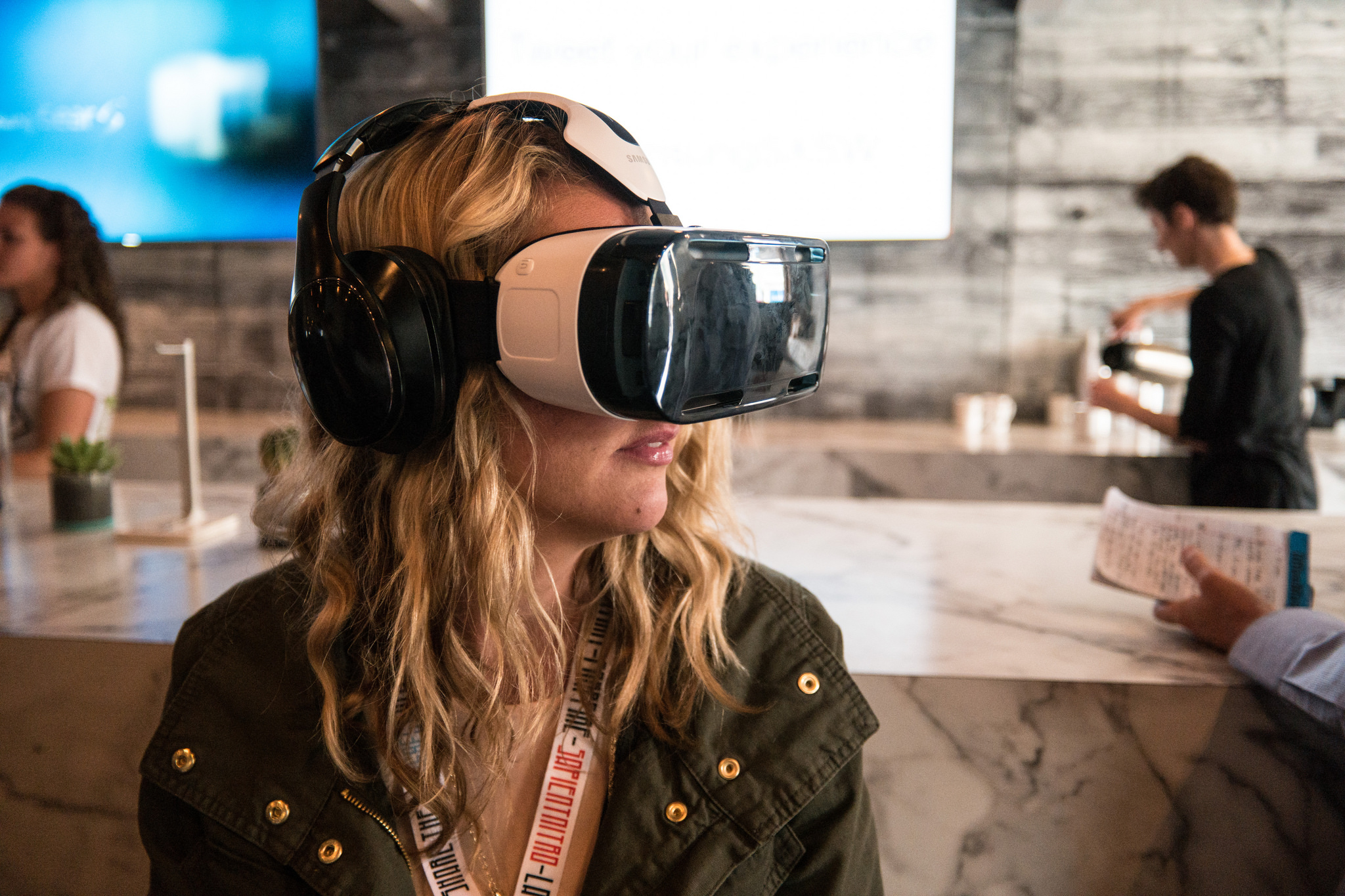AMSTERDAM — Consumers haven’t even had the chance to buy some of the most promising virtual reality devices yet, but the industry is already looking toward a future where all VR is mobile. But if we’re going to get to that point, the industry will need to solve a few key problems.
ARM, the hardware-architecture company responsible for the design of most of the processors inside your smartphone, is working with companies like Oculus VR to deliver efficient sensor data for positional tracking in mobile virtual reality. The goal is to have a device like the Gear VR (which combines the power of a smartphone with specialized VR optical equipment) that can precisely track where you stand in 3D space. Having position-tracking VR available to anyone who owns a competent smartphone would drastically reduce the barrier-to-entry for stunning simulation experiences as well as augmented reality. That’s key to unlocking the potential of a market that could generate $120 billion in revenue by 2020, according to tech advisor Digi-Capital.
![]()

![]()